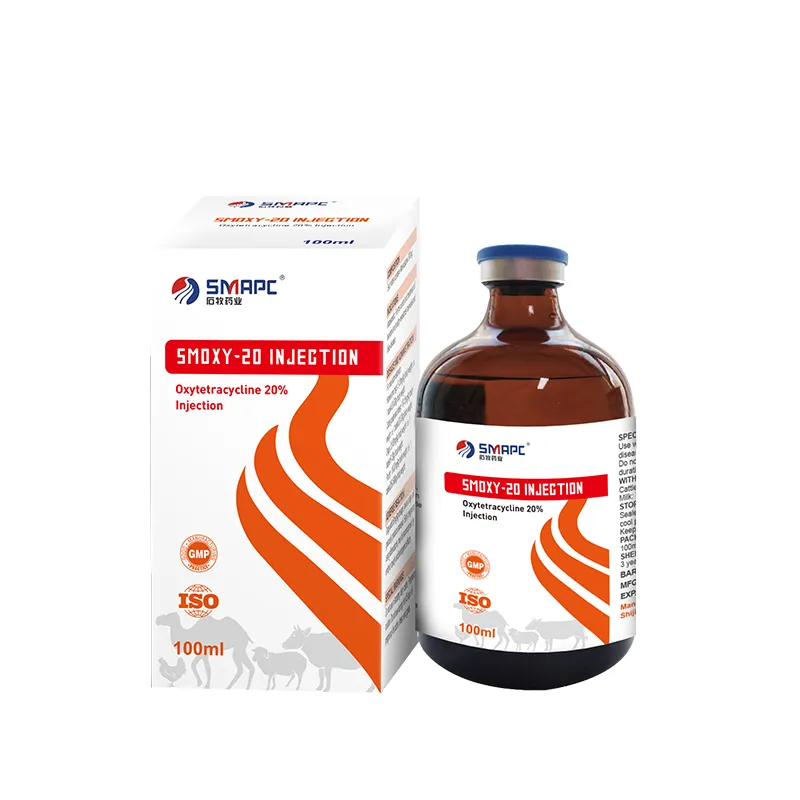Managing skin allergies in dogs can be challenging, but incorporating vitamins and supplements can be a beneficial strategy for improving skin health and reducing allergic reactions. A combination of Vitamin E, Omega-3 fatty acids, Vitamin A, B vitamins, and Zinc can vastly enhance your dog's quality of life. Always ensure that your dog has a balanced diet, regular veterinary check-ups, and consider holistic solutions for the best results. With the right approach and treatment, your furry friend can enjoy a happier, itch-free life.








